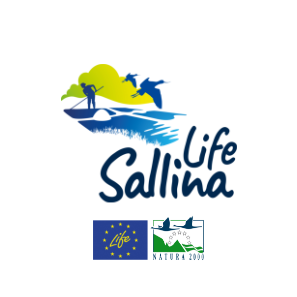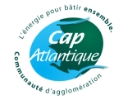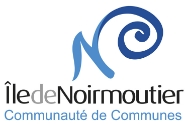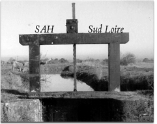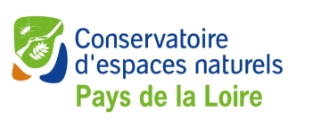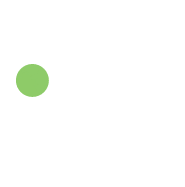Presentation
Several monitorings are carried out on lagoon habitat
- Monitoring of lagoon habitat and its aquatic meadows
This monitoring is carried out on all the pilot sites, every year, according to the method of evaluation of the state of conservation of the lagoon habitat written by the National Museum of Natural History of Paris supplemented by more precise monitoring of the herbaria (present species and recovery).
- Monitoring of nesting passerines on the lagoon habitat composed of reed beds
A visual and listening follow-up is carried out between March and June, in 2019 and 2023, on the 32 ha of reed beds restored on the Guérande and Mès sites. It is coupled with a banding camp on a pilot site in Guérande for the monitoring of migrating malaria passerines in August 2018 and in August 2023.
- Monitoring of wintering wading birds
It is set up in the Guérande peninsula basins over two winters (2019 and 2023) by a service provider. Each pool is surveyed once during the day and once at night. The species present and the number of individuals are noted for each basin.
- Monitoring of odonates and Dark spreadwing on the scirpaies of the lagoons
On the marshes of Île de Noirmoutier from May to July, monitoring of odonates (monitoring of dragonflies and damselflies at sight and collection of exuviae) is carried out on pilot sites coupled with monitoring Dark spreadwing (Lestes macrostigma) in all the basins with bulrushes on the island (accounting for the number of individuals, the percentage of individuals in tandem and exuviae).
- Fish monitoring
This monitoring is being carried out on a pilot site in Noirmoutier-en-l’Île to assess all the fish fauna inhabiting the marshes, and more particularly the European Eel (Anguilla anguilla).
- Monitoring of physico-chemical measurements
On the pilot sites of Île de Noirmoutier throughout the duration of the project, monthly monitoring of variations in salinity, pH, conductivity and turbidity of the lagoon habitat is carried out on each group of basins with the same methods of hydraulic management.
Goals
These follow-ups are carried out to assess the effectiveness of the restoration work carried out on the lagoon habitat. They consider the 1150 lagoon habitat as well as the associated fauna (paludicultural passerines, odonata, fish, overwintering waders).
They will be compared to the initial states and will allow, if necessary, to adapt the planned works and to define the optimal hydraulic management according to the challenges.
Summaries at the scale of Natura 2000 sites and on the whole project are planned.
Advancement
The first monitoring began in 2019 for the sites where the initial state was to be consolidated.
The results
For the Millac marshes, the first monitoring shows that the basins are not very vegetated (few herbaria, few salt meadows). The work should allow habitat development.


